The Haunting of Hill House by Shirley Jackson
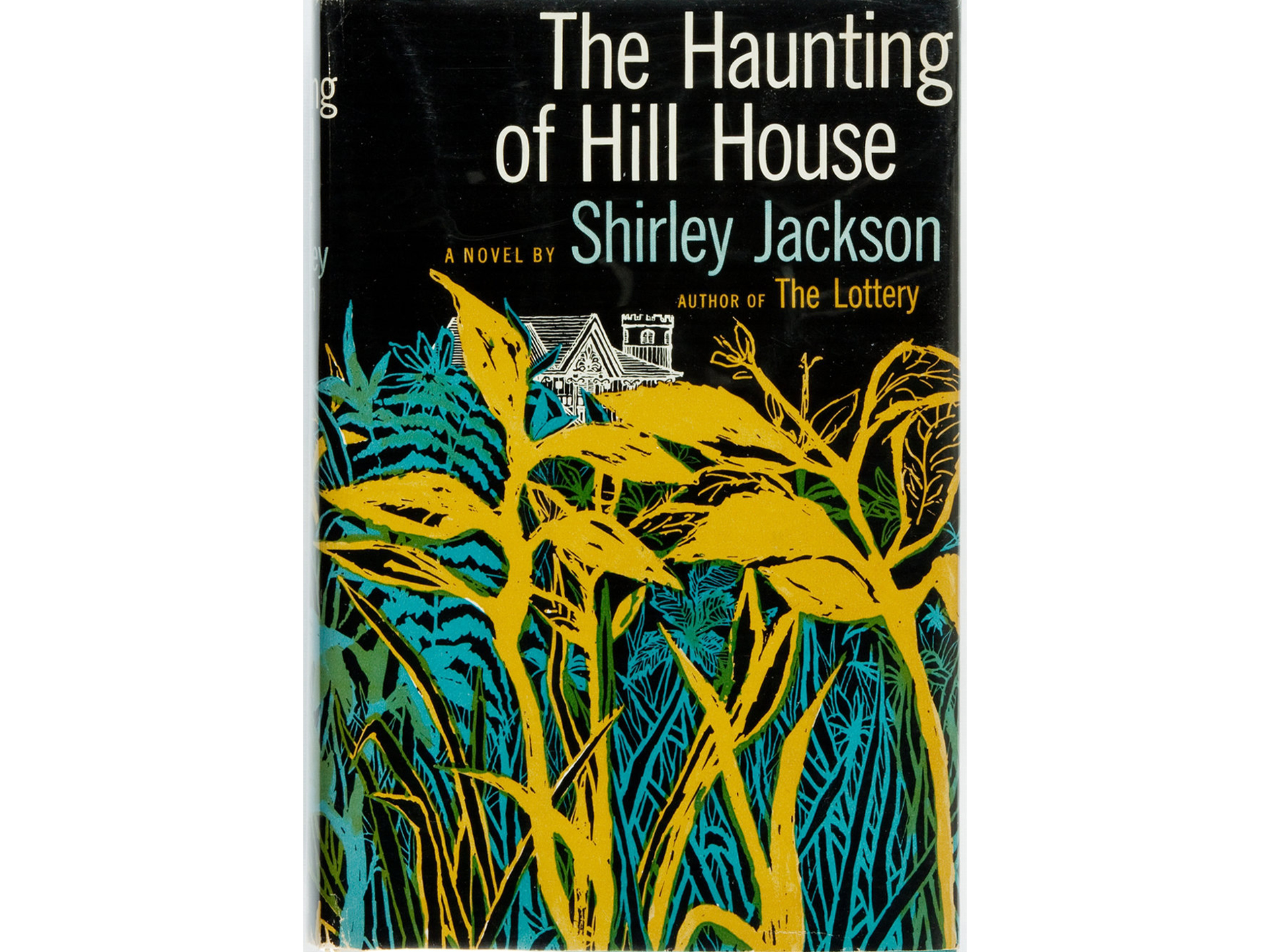
As a haunted house story, Shirley Jackson’s The Haunting of Hill House seems at first to belong to an older tradition of Gothic tales which, while atmospheric, are for the most part no longer considered genuinely terrifying today. However, Jackson’s prose and insight into the inner turmoil of the characters, in particular the deeply troubled Eleanor, makes the 1959 novel a genuinely unnerving read.
The Girl Next Door by Jack Ketchum
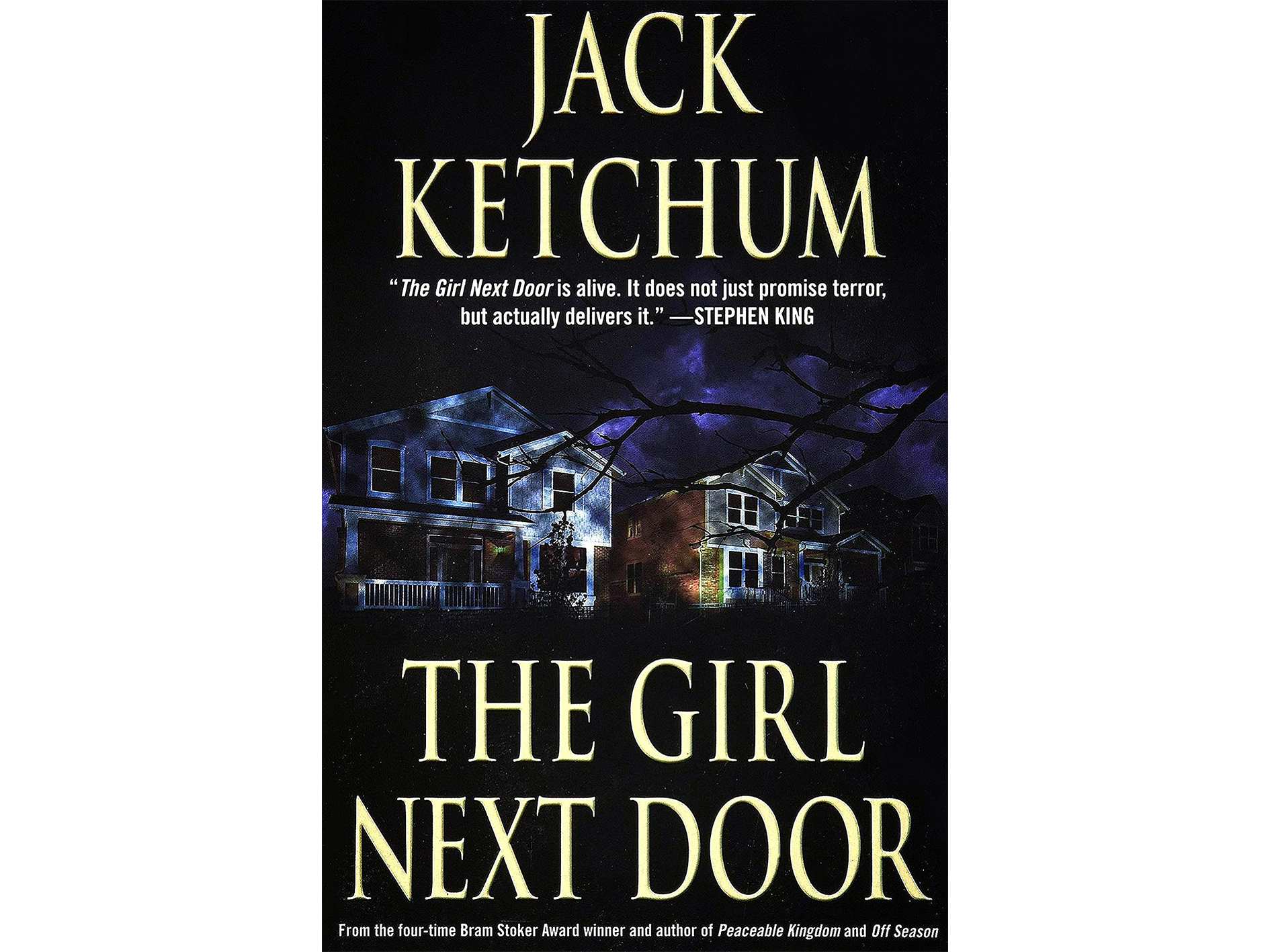
Though largely overlooked by the mainstream, the late Jack Ketchum (real name Dallas Mayr) is celebrated among horror readers as one of the greatest writers ever to work in the genre. Undoubtedly his most impactful work is 1989’s The Girl Next Door, a harrowing account of abuse in suburbia made all the more unsettling by the fact that it’s based on a true story.
Haunted by Chuck Palahniuk
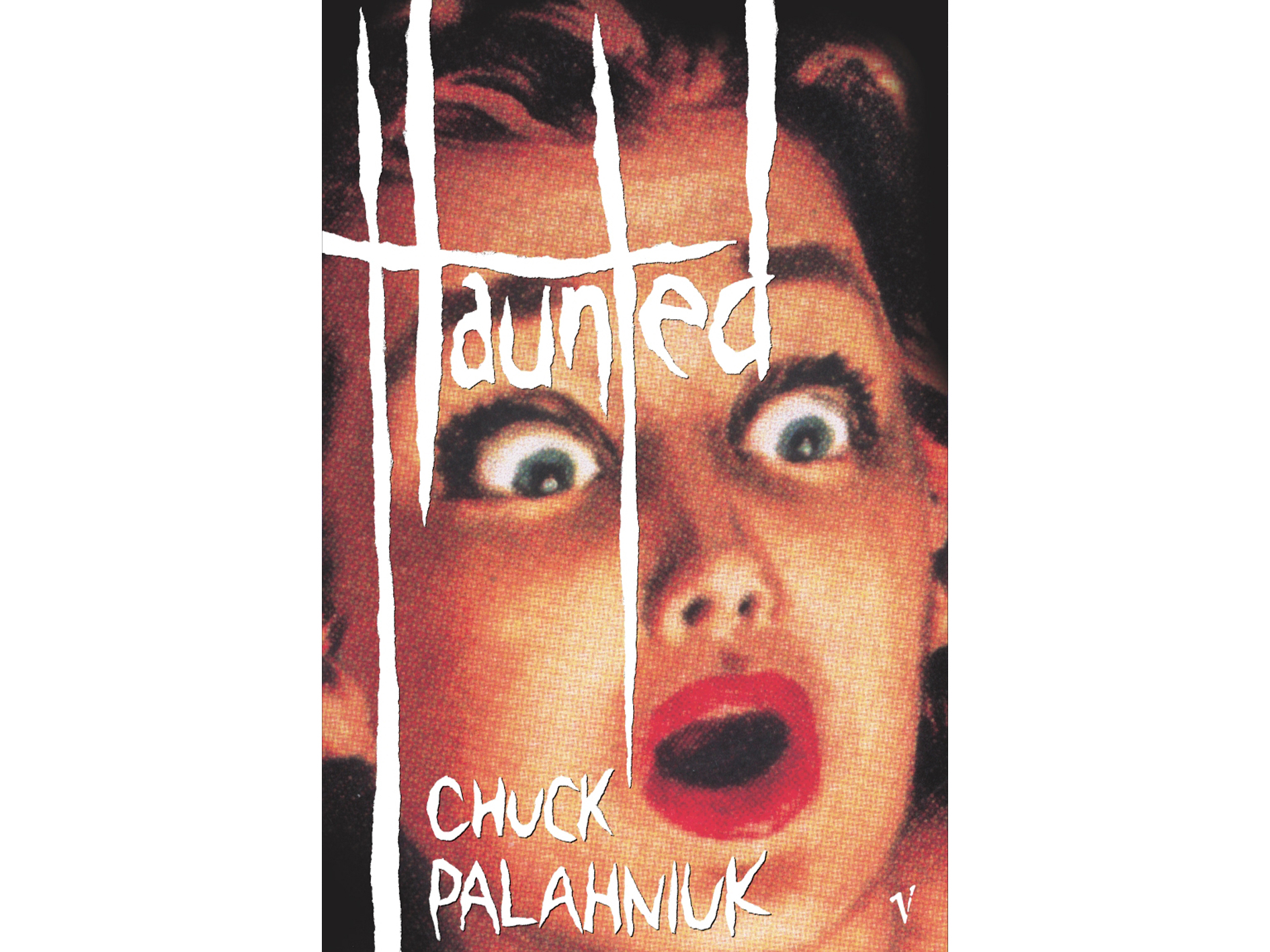
Chuck Palahniuk remains best known for his 1996 breakthrough Fight Club, but 2005’s Haunted is surely his most disturbing work. Essentially a short story collection linked by a loose narrative, the book reaches depths of horror guaranteed to push most readers out of their comfort zone. Most notoriously, Haunted features short story Guts, which prompted listeners to faint or vomit at readings given by Palahniuk.
The Rats by James Herbert
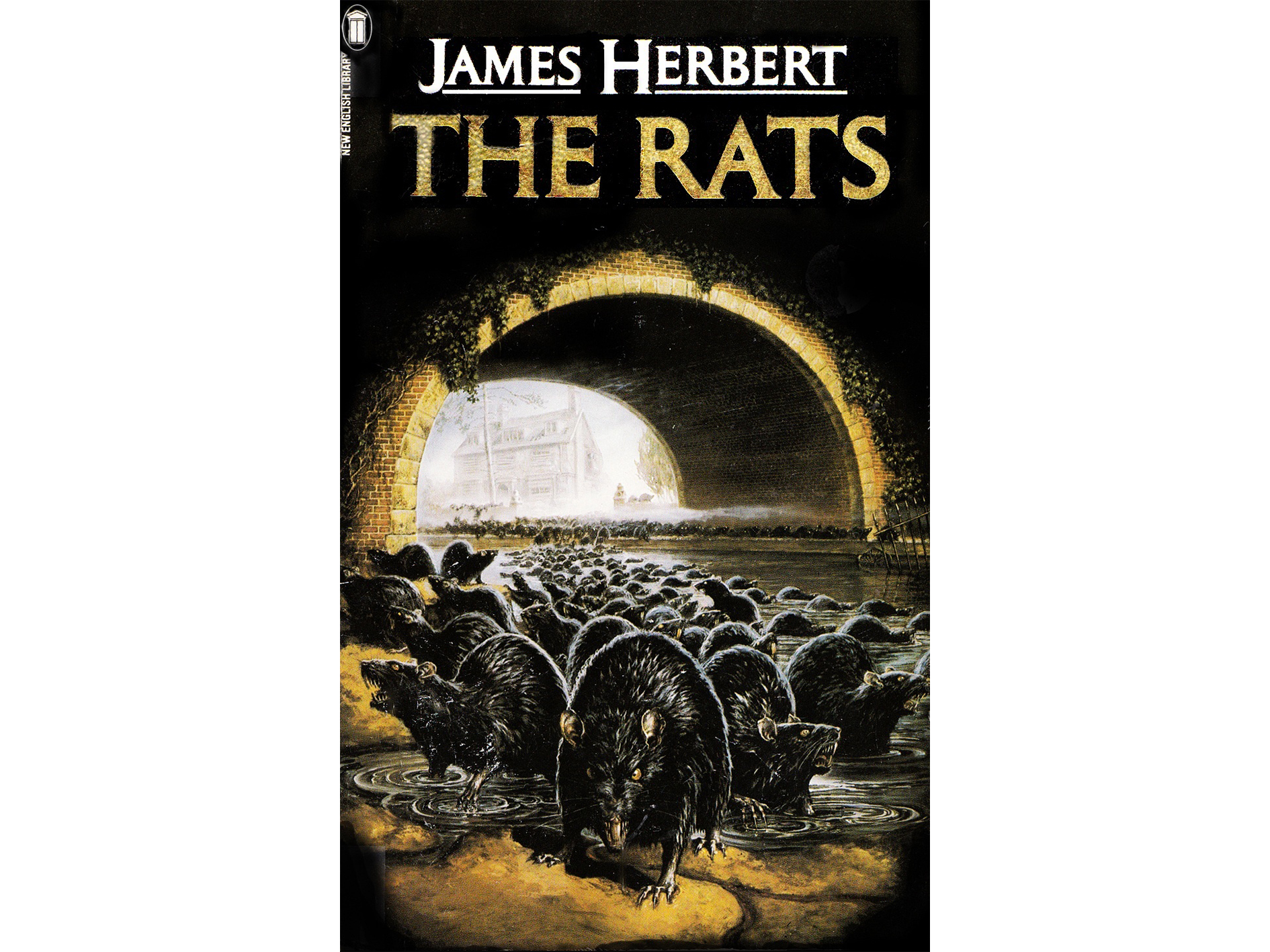
The late British author James Herbert helped usher in a new era of grisly paperback shockers with his 1974 debut novel The Rats. The plot is simple – London comes under attack from vicious giant rats – but Herbert’s prose was, for the time, unprecedented in its graphic brutality, and it’s still likely to be too intense for many readers today.
Pet Sematary by Stephen King
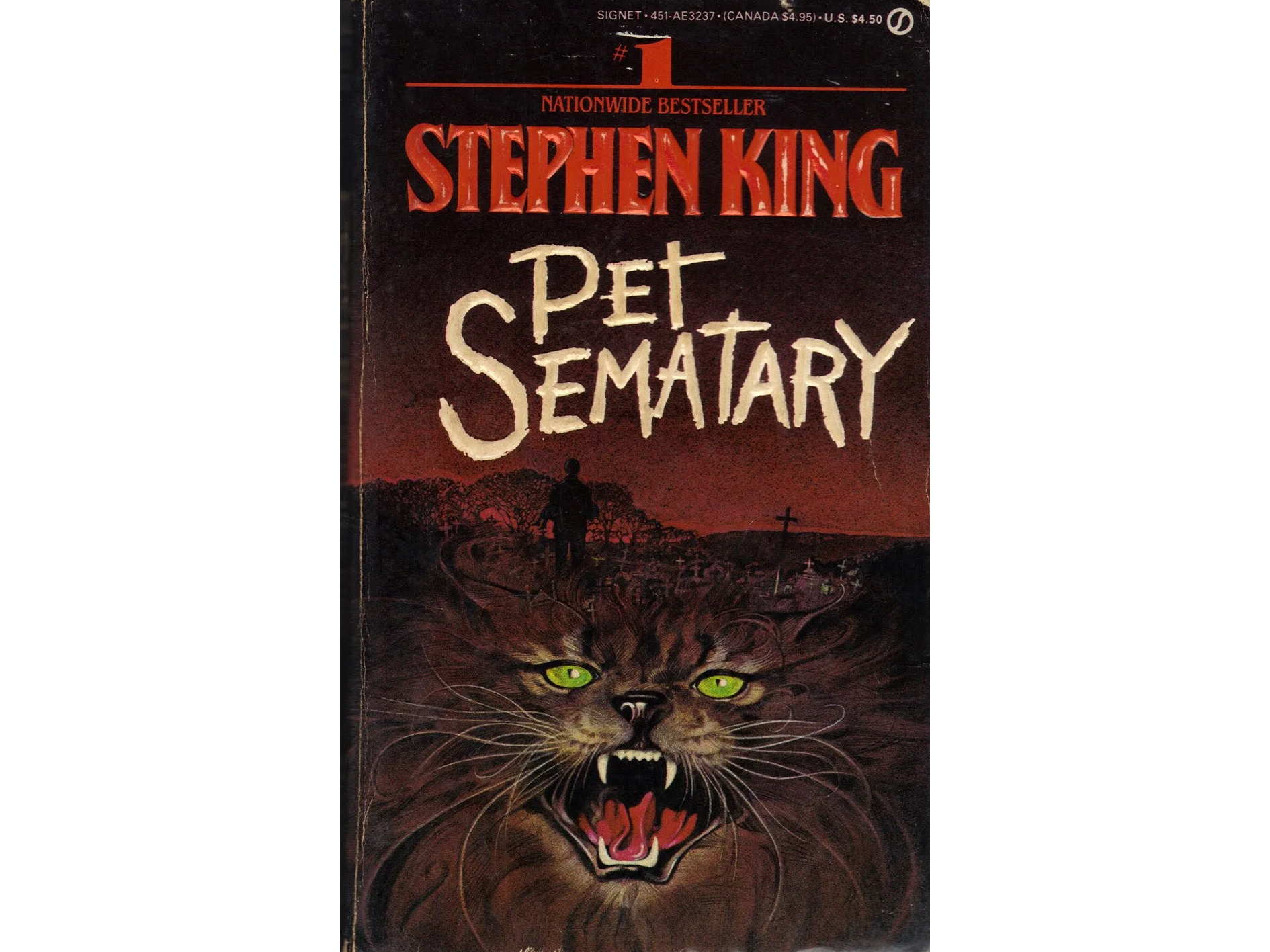
Naturally, any discussion of the most terrifying horror novels has to include the legendary Stephen King – and in the author’s own eyes, 1983’s Pet Sematary is the scariest thing he ever wrote. On top of dealing with classic supernatural themes of the dead returning to life, the book unflinchingly tackles the worst nightmare of every parent: the loss of a child.
The Exorcist by William Peter Blatty
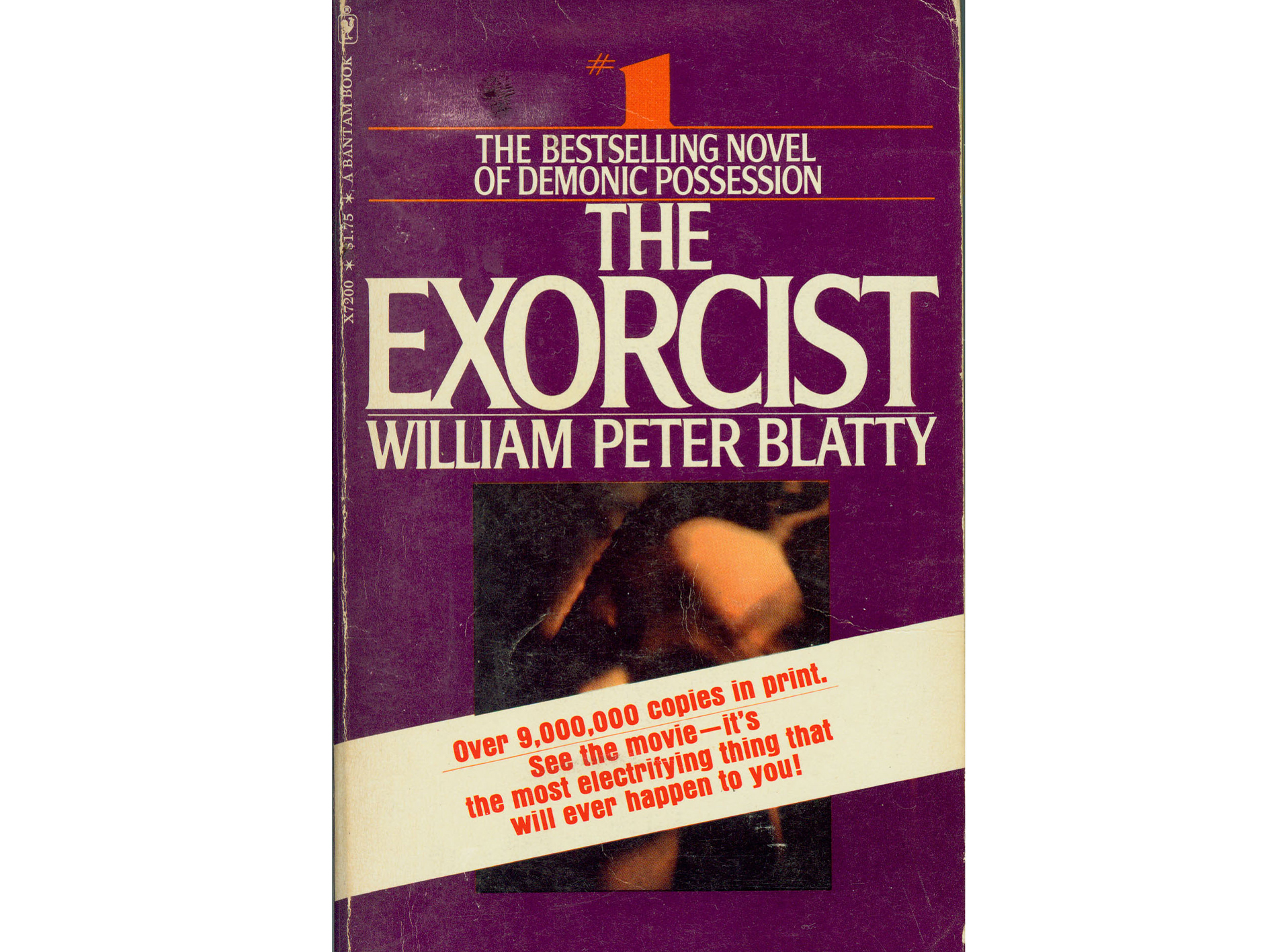
It’s hard to fathom now that, before The Exorcist, William Peter Blatty was best known for writing light-hearted comedies. Obviously the 1973 film adaptation had the broader impact, but the groundwork was laid by Blatty’s original 1971 novel, hailed by many – including Stephen King – as one of the most truly terrifying stories ever written.
The Hellbound Heart by Clive Barker
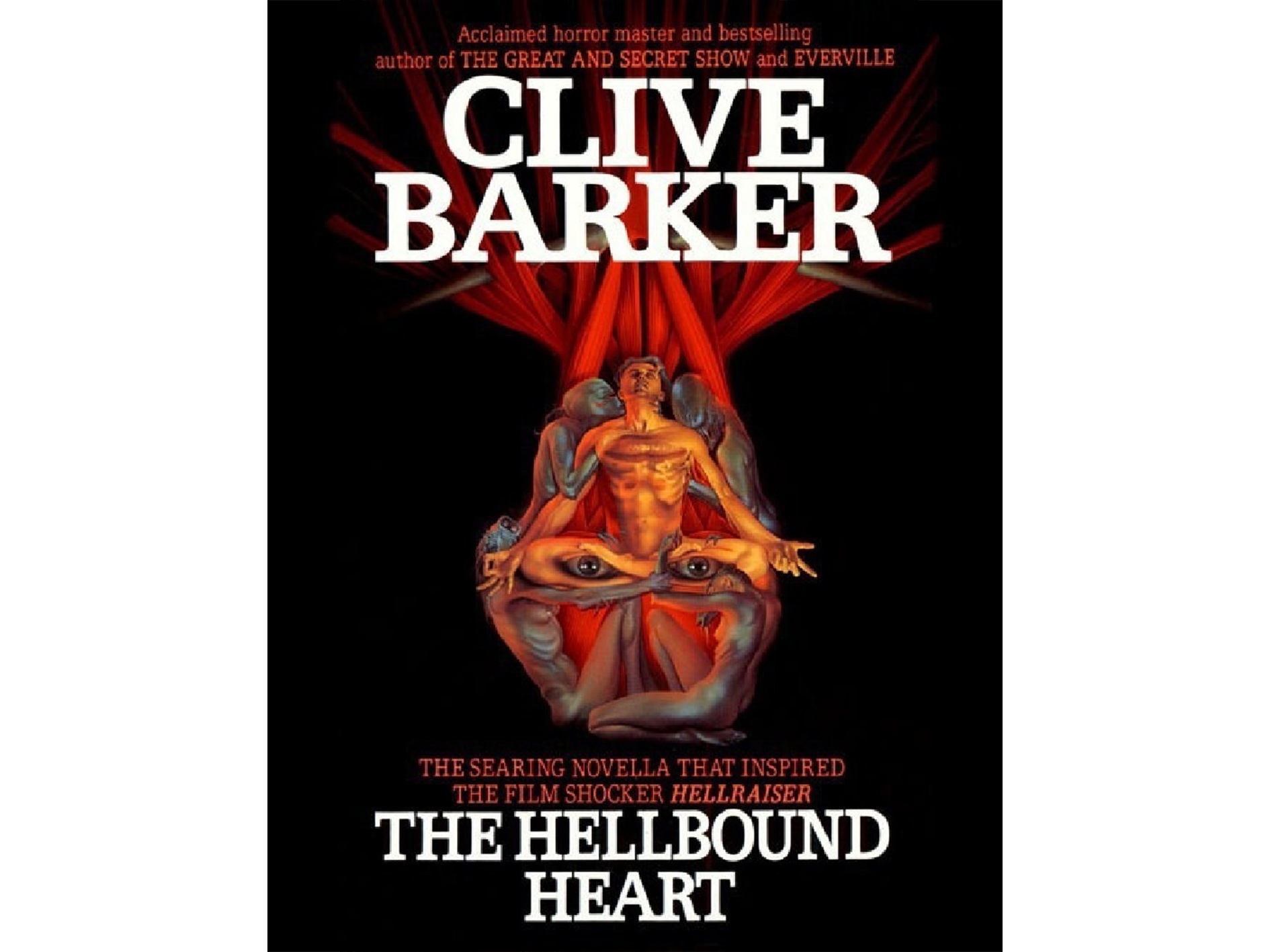
When Clive Barker emerged in the 1980s, Stephen King famously declared him ‘the future of horror.’ 1986’s The Hellbound Heart – later brought to the screen, by Barker himself, as Hellraiser – arguably remains the British writer’s definitive work. Blending occult horror with sadomasochistic overtones, Barker’s short but spine-chilling novella presents more indelible images in its 186 pages than some authors do in their entire careers.
American Psycho by Bret Easton Ellis
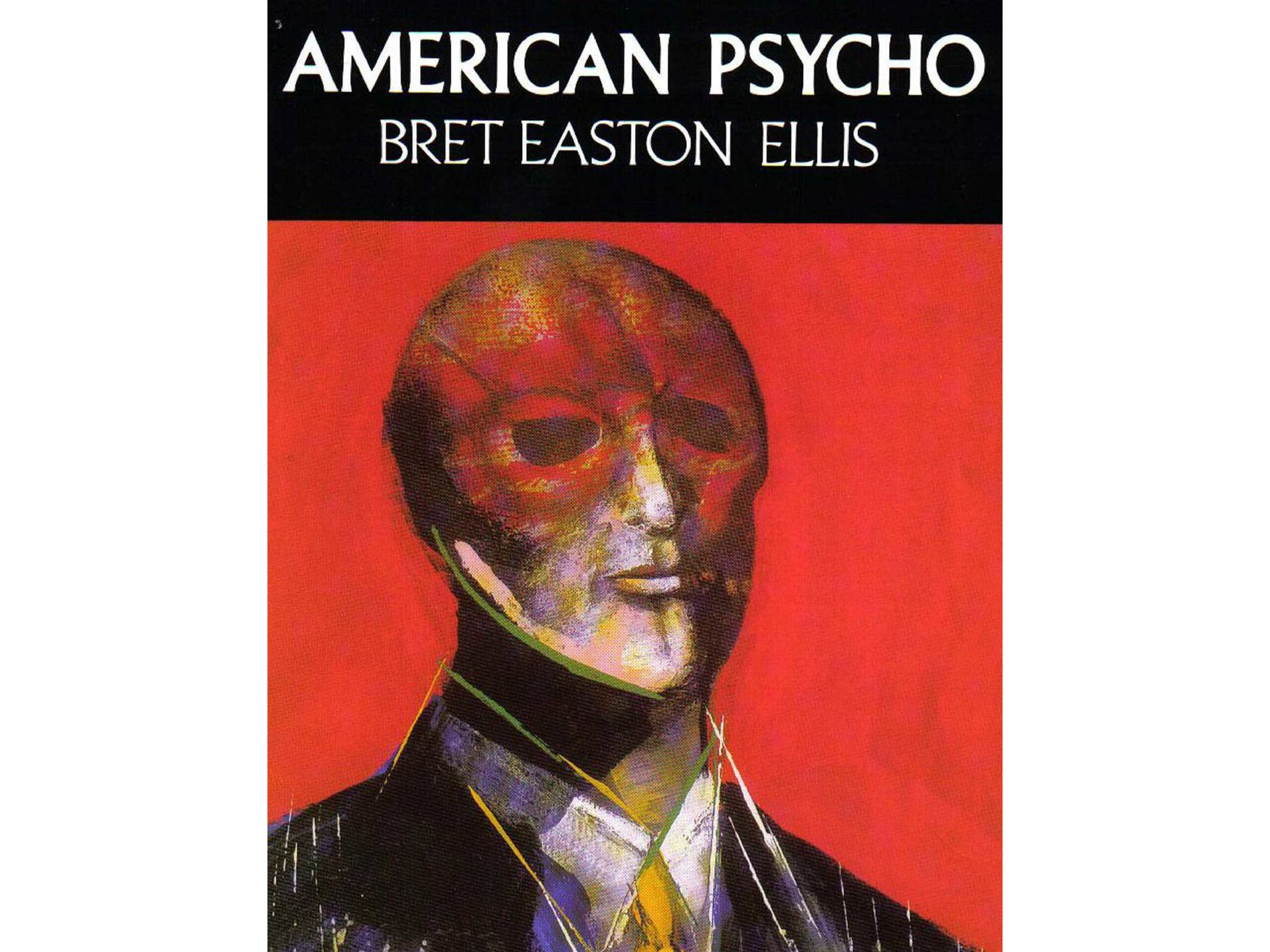
Opinions vary on whether or not Bret Easton Ellis’ 1991 novel American Psycho is strictly speaking a work of horror fiction, but there’s no debate that it contains some of the most hideous violence ever put to paper. The book proved enormously controversial, facing accusations of misogyny, but today it is widely recognised as a harsh satire on the yuppy culture of the 1980s.
The Drive-In by Joe R. Lansdale
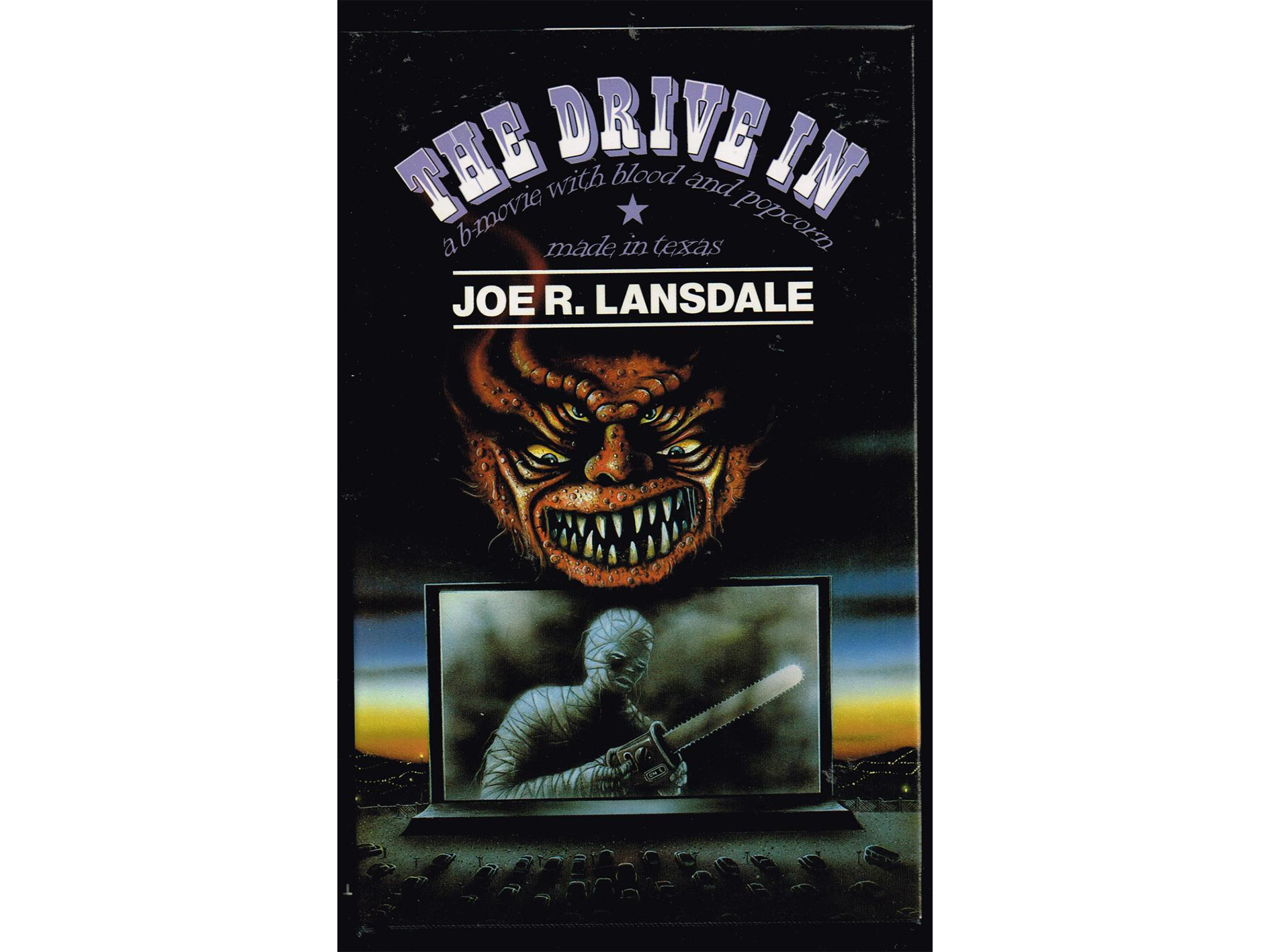
The rise of horror cinema in the early 20th century has obviously made a significant impact on subsequent horror literature, and this is directly addressed to suitably gut-churning effect in Joe R Lansdale’s The Drive-In. The 1988 novella sees a drive-in movie theater descend into hell when a strange force takes over during a horror movie marathon. It’s darkly funny, yet undeniably unsettling.
Hannibal by Thomas Harris
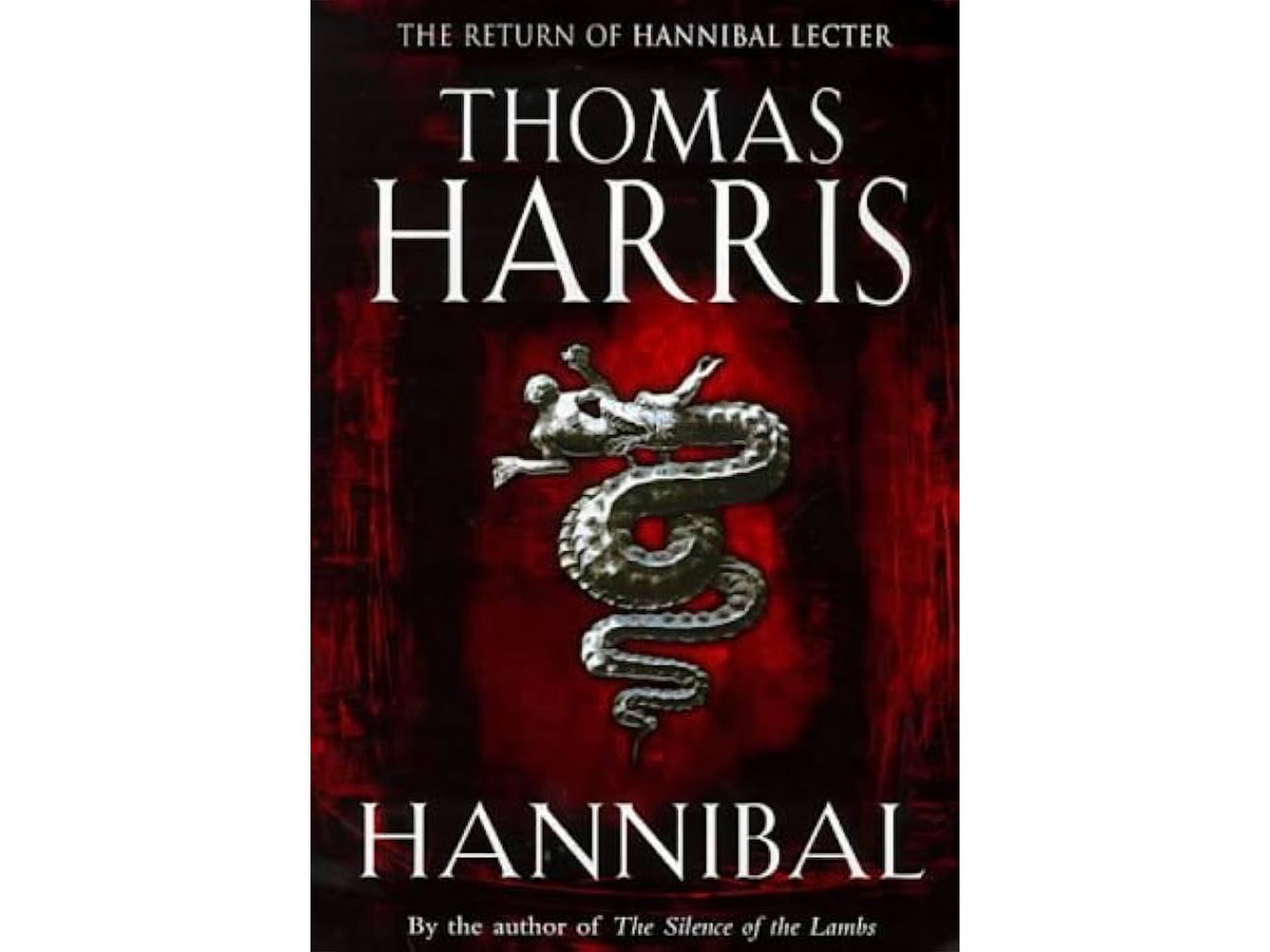
The third book in Thomas Harris’ series featuring cannibal serial killer Hannibal Lecter, 1999’s Hannibal pushes the envelope even further than before. We have disfigured victim Mason Verger plotting to take revenge by feeding Lecter to wild boars, and the relationship between Lecter and Clarice Starling taking unexpected turns. It was always going to be too grotesque and outrageous for many readers.